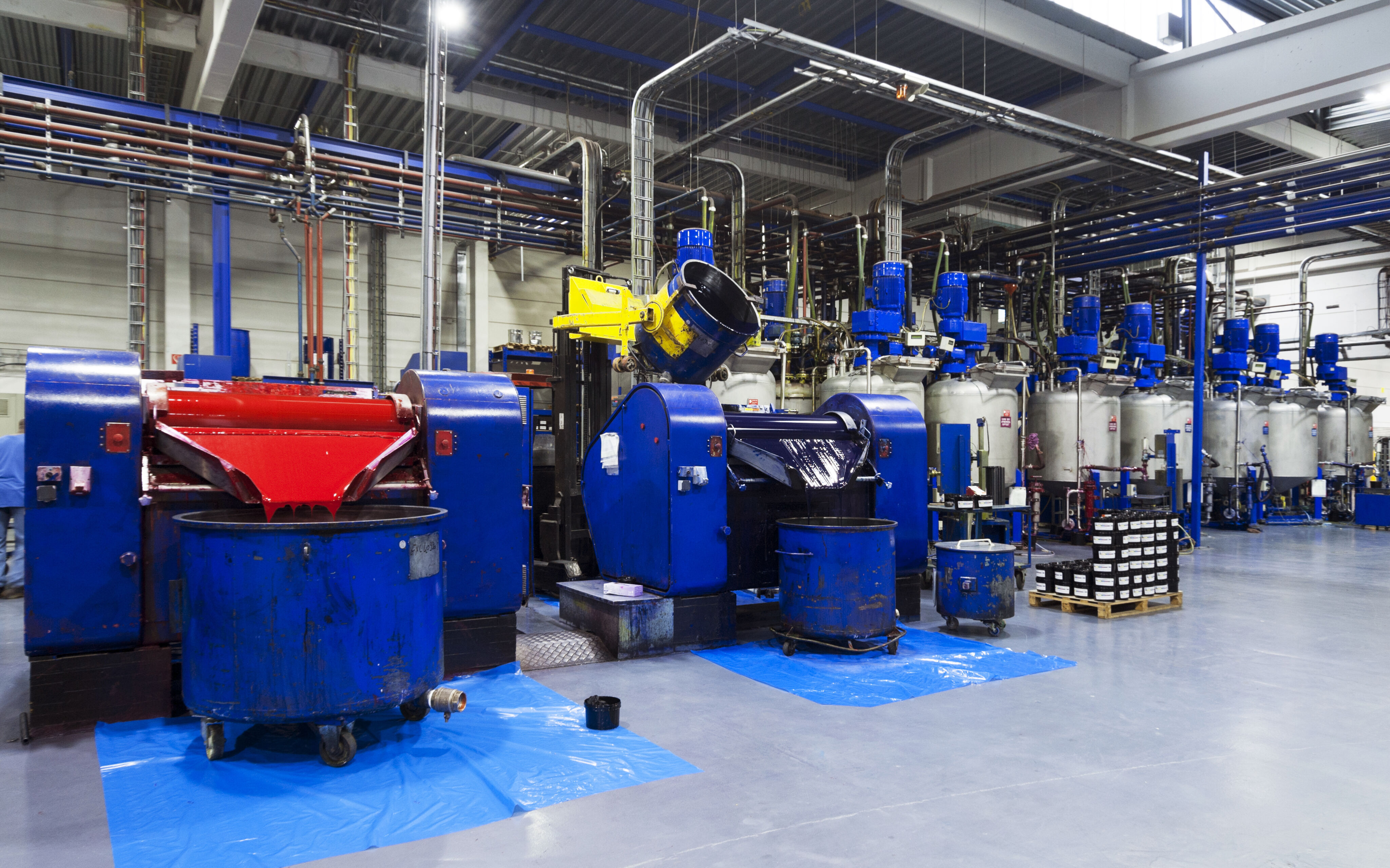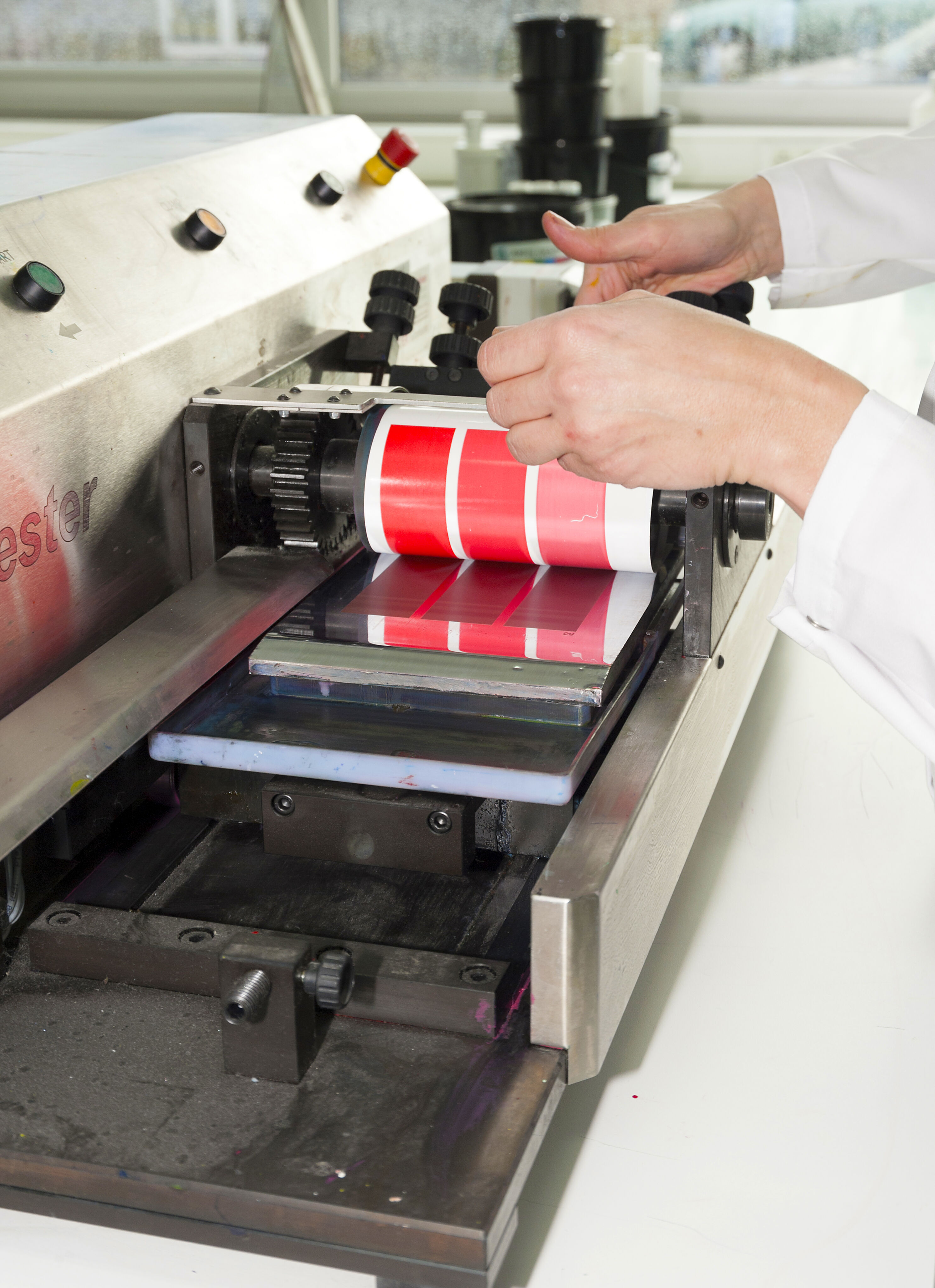Toyo Ink Arets unleashes its tech committment to coatings in India
"Variants in UV coatings have increased, as they are the preferred choice of converters to create special effects that makes packaging or printing looks very attractive, and functionally more sustainable," says Prashant Atre, managing director, artience’s Toyo Ink ARETS, in a conversation with Rahul Kumar
08 Aug 2024 | By Rahul Kumar
Rahul Kumar (RK): What is the update on the production of coatings at your end?
Prashant Atre (PA): Our focus is on its batch size and how big the batch size can be. For example, in Belgium, our facility has batch sizes of 12 and 24 MT. This scalability gives us the cost advantage while keeping the quality of raw materials maintained. At the same time, we are capable of handling customised UV varnishes for specific applications.
RK: One complaint from the converters is the cost quotient of coatings. What is your view?
PA: If you increase the number of batches, the cost of production will increase, and you won’t be able to give the benefit to the customers. Today's customers want economical products with good features and the best of raw materials. It is a big challenge for anyone to make the products more economical. We could do this due to our batch size and bulk purchasing of raw materials. We do understand that we are servicing the packaging industry. Hence we pay attention to consistency of our products, batch after batch. Scalability is the only solution to make the product more economical.
RK: Any R&D on the chemistry front?
PA: It is an ongoing process. We have one of the most talented team of R&D experts who design newer products for the packaging and industrial application industry on a regular basis. We have given many firsts to the industry, be it texture-effect coatings, UV to replace heatset for newspaper, hybrid inks.
RK: One more question that packaging converters are seeking an answer to: Do coatings offer barrier properties without harmful side effects?
PA: Yes, coatings can offer barrier properties without harmful side-effects, especially with certification from the FDA.
RK: What is the product's chemistry?
PA: Acrylic, olefin-based and bio-based, all three are possible for different applications. Acrylic is UV-based and olefin is PE. Currently, we are working on bio-based. In Japan, we have multiple bio-based products, especially in printing ink. Artience’s focus is bio-based products.
RK: Is the coating compatible with all methods like gravure, flexo, offset, or screen?
PA: Yes, the coatings are compatible with all printing methods. We provide different products for different methods. For example, UV is compatible with each of the printing processes but solvent-based chemistry will not work for offset.
RK: What is the minimum gram of coat weight to achieve the desired results?
PA: It varies from application to application. While the screen for applications like braille demonstrates its special impact with big thickness. But the application through offset will be the least in terms of gsm.
RK: You are offering a flexo option. Why so?
PA: Coating with flexo options provides flexibility to optimise the gsm as per the requirements. It does this without compromising the properties needed for the job. The method of coating will depend on its end application plus the desired results. We offer UV varnishes through offset, flexo, screen, gravure and digital inkjet applications.

Prashant Atre and the Artience Team: The focus is on bio-based products
RK: Please share the cost comparison with the normal lamination with chemical coating.
PA: The direct cost comparison between lamination and chemical coating is a little difficult to share. This is due to the complexity of accurately comparing these costs due to the fluctuating prices of lamination materials and the scale-dependent efficiency of chemical coatings. However, when considering the broader operational and sustainability contexts, UV coatings might offer a more cost-effective and environmentally sustainable option in the long run. Packaging businesses and top brands need to evaluate their specific needs, considering both immediate and long-term costs and benefits, to make the best choice between these two options.
RK: Given the cost comparison, are there any benefits? For example, any value addition with a coating that lamination cannot achieve and similar limitations if any. In this sense, what is the right product-market fit for coatings?
PA: Spot lamination is tough. On the other hand, spot UV is easy. Coating can be rendered with multiple layers. Lamination can be matt, gloss or neutral. Coating has overtaken lamination for aesthetic values, cost, and ease of application. Lamination is 99% offline, while coating can be done online. In coating, jobs are executed faster with a smaller number of people. Value addition has multiple points.
RK: Meaning?
PA: For example, there is value addition from an aesthetic point of view. Then there is value addition from a functional point of view, and value addition for operational efficiency. In most cases, coating scores over lamination.
RK: What kind of certifications do you have for your product or what certification have you applied for?
PA: There are two types of segments – food and non-food. Indians look at food differently than Europeans. When it comes to food packaging, even Indian converters buy UV coatings from European based manufacturers to be sure of quality and compliances. Indians have a simple understanding, if there is no clarity on certain laws or the unavailability of laws, we opt for international laws. Unfortunately, we don’t have much clarity about the food packaging segment. Anything which can be touched comes under the food segment. In India, we say it is secondary packaging. In Europe, even the carton of food comes under the purview of food packaging. In India, it comes under non-food. And so, Indian converters are more relaxed about this aspect.
RK: What about the non-food segment?
PA: In the non-food segment, we have IS, EN, RoHS, etc. In food, different countries have different rules. Laws in Europe and the USA are believed to be the most stringent. For food, Swiss ordinance, Nestle guidelines and FDA are the accepted certifications.
.jpg)
The viscosity problem occurs at packaging and printing companies where the solvent is mixed in UV coatings. The solvent evaporates and viscosity changes
RK: Does it comply with the rules and regulations for the export market?
PA: Yes. It does.
RK: In terms of sustainability standards, how do your coatings perform on the carbon footprint and recyclability scorecard? Are there differentiated offerings that offer sustainability advantages?
PA: Our coatings are designed to minimise environmental impact, focusing on reduced carbon footprint and enhanced recyclability. We've adopted measures to ensure our coatings contribute to the life cycle sustainability of products.
RK: How so?
PA: By utilising raw materials that are sourced responsibly and have lower carbon emissions during production. Also implementing manufacturing processes that are energy efficient, reducing our carbon footprint. In addition, we have designed coatings that facilitate the recyclability of end products, either by enabling easier separation of materials or by being compatible with recycling processes. And finally, we have been continuously improving our products and processes. We aim to support our customers in achieving their sustainability targets and responding to the growing market demand for environmentally-friendly products.
RK: And your carbon footprint targets?
PA: Our group’s vision is to realise NetZero emissions by 2050, aligning with global climate objectives to combat environmental change. To ensure we are on a clear path to this ambitious target, we have set interim milestones, including a 35% reduction in our carbon footprint by 2030 from a 2020 baseline. We are investing in renewable energy, enhancing energy efficiency across operations, and innovating in sustainable product development.
RK: One feedback we have received from converters is that controlling the viscosity of coatings and ensuring consistency is burdensome. Your view?
PA: In our experience of two decades, we have never encountered the problem of viscosity. The viscosity problem occurs at packaging and printing companies where the solvent is mixed in UV coatings. The solvent evaporates and viscosity changes. Either you mix something, or you withdraw something, otherwise, the viscosity will not change on its own.
RK: So your products don’t have problems?
PA: We have problems but these are not related to viscosity. When we encounter problems which are related to applications, these are resolved at the customer’s end.
RK: Is there a knowledge-gap, or technology gap in the applicator ecosystem that can be addressed? Are there any opportunities to do so?
PA: No, there is not much of a gap. I feel, ample amount of knowledge is available in the market. Yes, on the production shop floor on the application side, tech-knowledge is required, especially for textured coatings or special application matt coatings.
RK: Why, specifically textured coatings?
PA: For example, we have four types of textured coating effects. Thin grain, fat grain and others. The point is you need to fine-tune the process. Machine operators are well informed. Today's machines are advanced with automation. Even with retrofit arrangements, UV equipment suppliers educate them well. The ecosystem has been established.
RK: The share of polymers in sustainable food packaging applications is expected to reduce by 50% over the next two decades. Meanwhile, fibre-based materials are projected to contribute to 40% of all materials in use for food packaging. How is this impacting your coating R&D?
PA: Forecasting the future of printing technology over the next two decades is quite challenging, given the rapid pace of innovation. Plastics, however, are expected to remain a crucial component, bolstered by ongoing extensive research aimed at enhancing their utility and sustainability.
RK: Final thoughts …
PA: If one looks at history, the early 19th century witnessed transformative developments in three key technologies: electricity, automobiles, and the telephone, each of which radically altered the fabric of society. Today, we stand on the brink of another
technological revolution, driven by five technological advancements — artificial intelligence, robotics, energy storage and blockchain. These promise to redefine our world and the way we interact with it. We are seeing a future where technology reshapes every aspect of life, including printing and materials science, in ways which are currently unimaginable.
Artience products at a glance


Coating has overtaken lamination for aesthetic values, cost, and ease of application
The introduction of textured UV coatings to the Indian market has been a pioneering move, leading to an impressive outcome where 60% of the mono cartons feature these distinct textured finishes.
Alongside this, Artience’s Toyo Ink Arets gloss varnish, though it caters to more specialised segments, holds an irreplaceable value for its high-shine appeal. Despite its selective use, the impact of gloss varnish remains profound.
The widespread adoption and success of both textured UV coatings and gloss varnish reflect artience’s Toyo Ink Arets understanding and response to the packaging industry's need for products that not only safeguard contents but significantly enhance the visual and texture appeal of packaging. This synergy of innovation, aesthetic excellence, and functionality is our response to the dynamic needs and preferences of consumers and businesses in India.
Prashant Atre of Artience’s Toyo Ink Arets says, "The enduring popularity of these products highlights the vast potential for ongoing innovation and growth within the realm of packaging solutions that prioritise both aesthetic distinction and texture experience."


